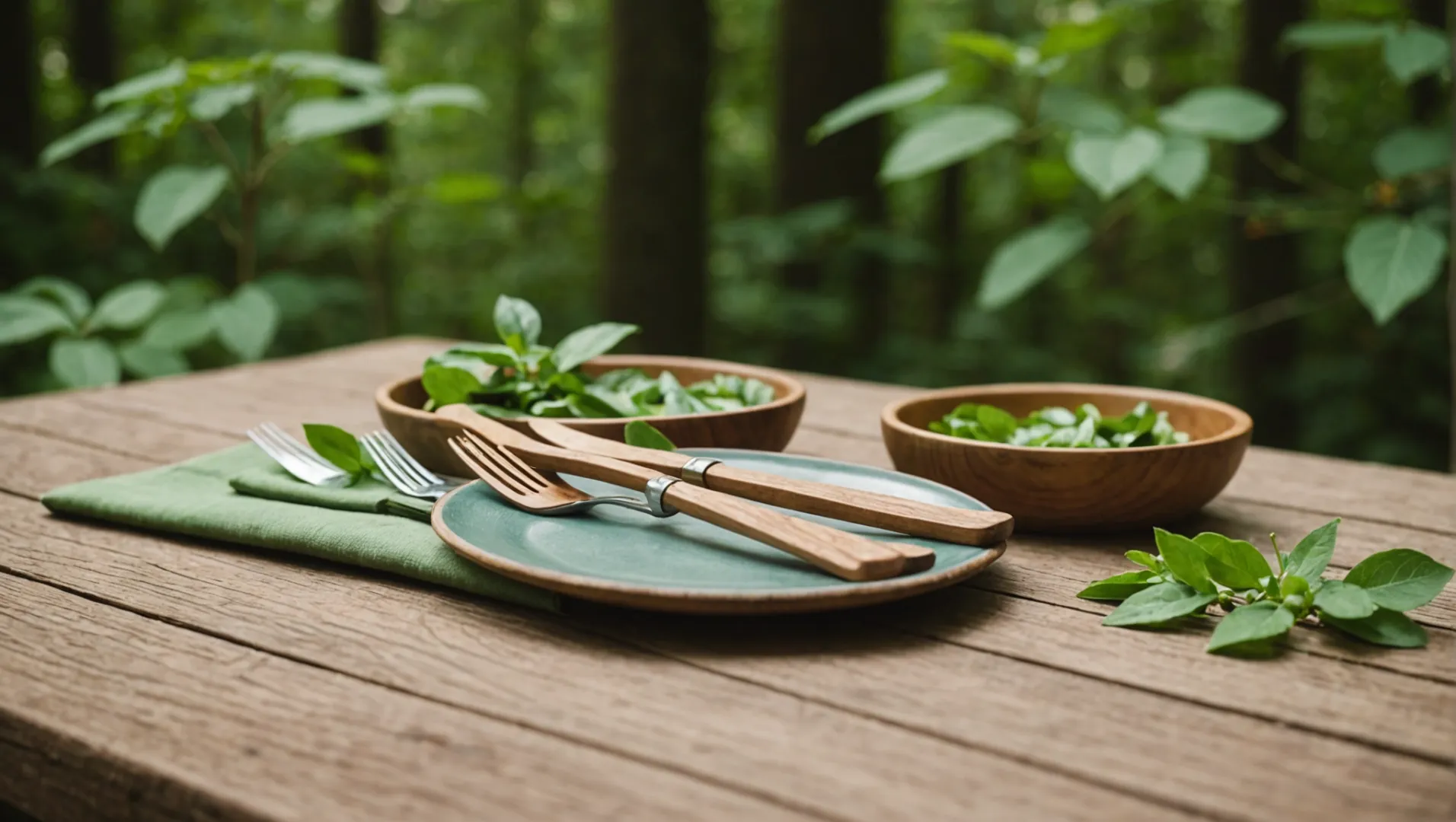
Have you ever stopped to think about the utensils you use every day? As our planet's health becomes a pressing concern, many of us are shifting our choices toward more sustainable options.
Yes, many consumers are willing to pay more for eco-friendly disposable wooden cutlery due to its environmental benefits. These include biodegradability and sustainability compared to plastic alternatives, appealing to eco-conscious individuals prioritizing low-waste living.
But there's so much more to uncover! Let’s dive deeper into what influences consumer choices and how companies can adapt in this evolving market.
Wooden cutlery is biodegradable and eco-friendly.True
Wooden cutlery decomposes naturally, reducing landfill waste and environmental impact.
What Makes Wooden Cutlery Eco-Friendly?
In a world increasingly conscious of sustainability, wooden cutlery emerges as a green alternative to plastic. But what exactly makes it eco-friendly?
Wooden cutlery is eco-friendly due to its biodegradability, sustainable sourcing, and minimal environmental impact compared to plastic. It decomposes naturally, reducing waste, and is often made from renewable resources such as responsibly managed forests.
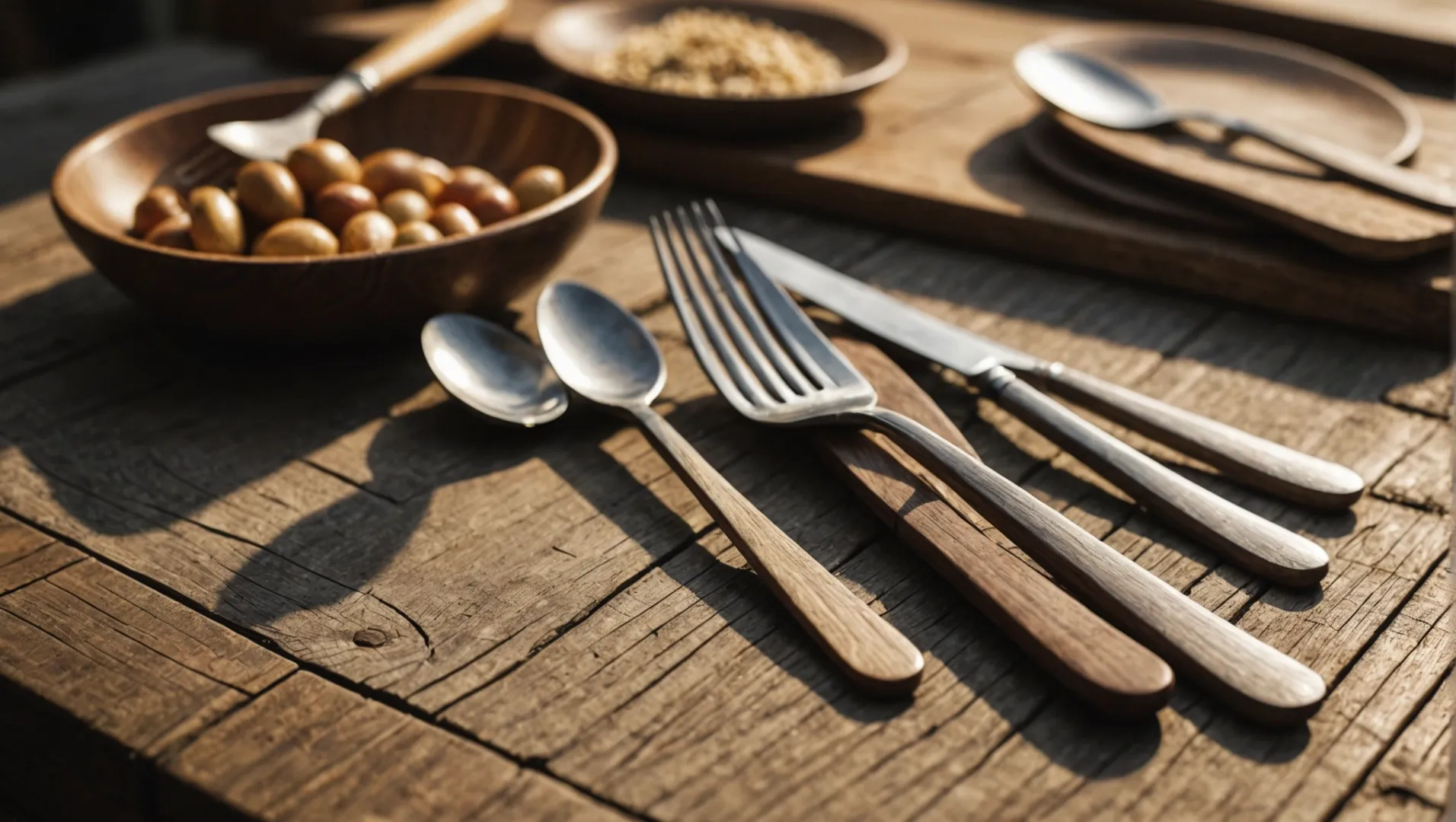
Biodegradability and Environmental Impact
Unlike its plastic counterpart, wooden cutlery is biodegradable, meaning it can decompose naturally without leaving harmful residues. This process significantly reduces landfill waste and the overall environmental footprint. Biodegradable materials1 are key in addressing the global waste crisis.
Sustainable Sourcing
A primary factor in the eco-friendliness of wooden cutlery is the source of the wood. Responsible manufacturers obtain their raw materials from sustainably managed forests2, ensuring minimal impact on natural habitats and maintaining biodiversity. Certifications like FSC (Forest Stewardship Council) validate these sustainable practices.
Natural Coatings and Treatments
To enhance durability and hygiene, wooden utensils often receive natural coatings, such as beeswax or plant oils. These coatings make the cutlery more resistant to moisture and bacterial growth without introducing toxic chemicals. However, it’s crucial that manufacturers ensure these coatings are food-safe and eco-friendly.
Reduced Carbon Footprint
The production of wooden cutlery generally requires less energy compared to plastic, resulting in a smaller carbon footprint. By choosing renewable resources and efficient manufacturing processes, companies contribute to reducing greenhouse gas emissions3.
Compostability
After their useful life, wooden utensils can be composted, enriching soil with organic matter rather than contributing to pollution. This property appeals to eco-conscious consumers seeking low-waste living solutions.
Challenges and Considerations
While wooden cutlery is generally more sustainable than plastic, challenges remain. Ensuring a consistent supply of sustainably sourced wood and maintaining transparency throughout the supply chain are critical for authenticity and credibility. Additionally, educating consumers on proper disposal methods is essential to maximize their eco-friendly potential.
Wooden cutlery is biodegradable.True
It decomposes naturally, reducing landfill waste.
Plastic cutlery has a smaller carbon footprint than wood.False
Wooden cutlery requires less energy to produce, lowering emissions.
How Does Wooden Cutlery Compare to Plastic in Terms of Durability?
Wooden cutlery offers an eco-friendly alternative to plastic, but how does it fare in terms of durability?
Wooden cutlery can be quite durable if properly maintained, although it may require more care than plastic. While plastic cutlery is generally more resistant to moisture and heat, wooden utensils offer environmental benefits and can last longer when treated and stored correctly.
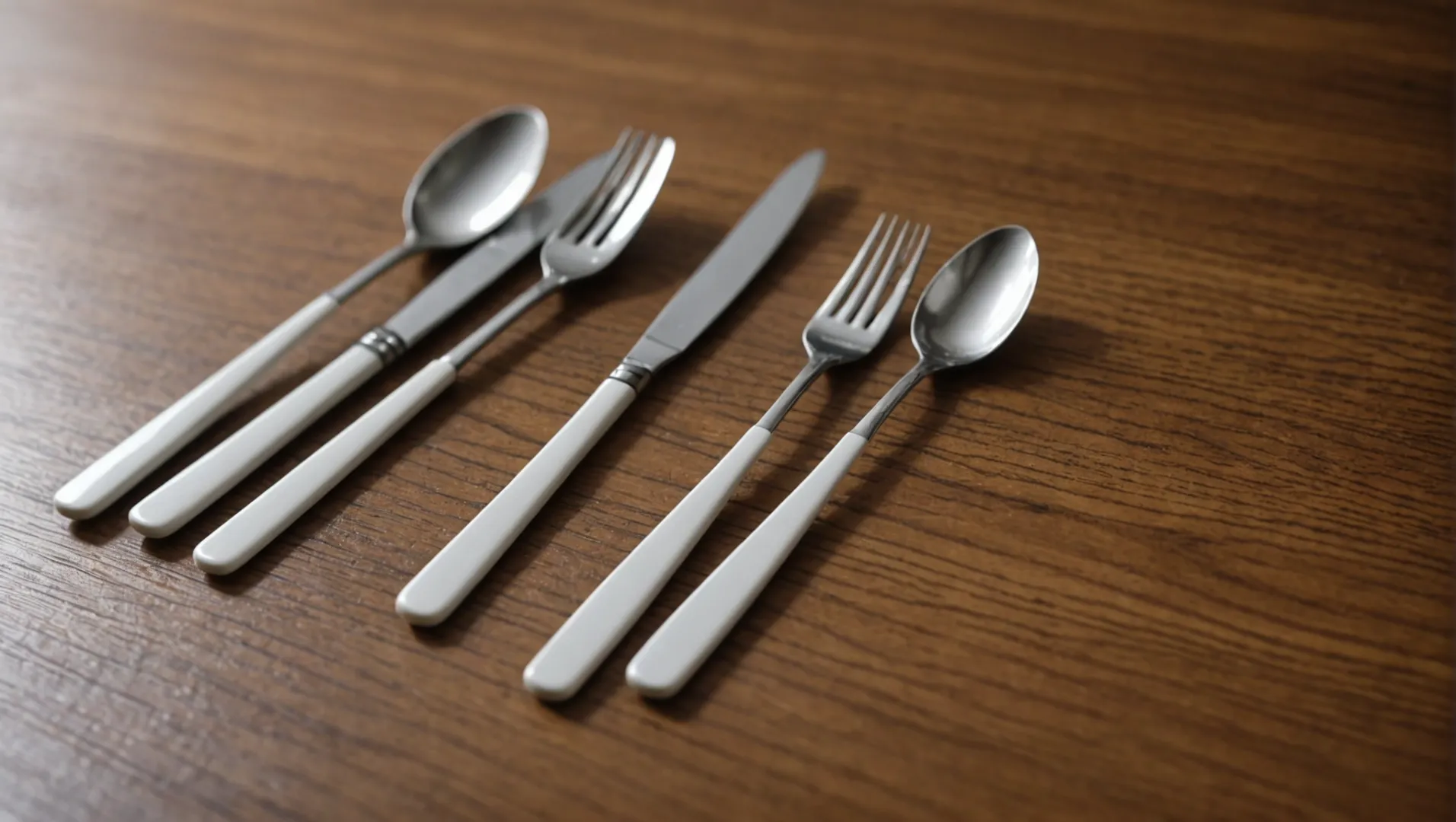
Material Properties and Manufacturing
When considering the durability of wooden cutlery4 compared to plastic, it's essential to examine the material properties and manufacturing processes. Wooden utensils are crafted from natural materials, which are biodegradable and environmentally friendly. However, they are porous, making them susceptible to absorbing moisture and bacteria if not properly treated.
Manufacturers often apply protective coatings like beeswax or plant oils to improve the durability of wooden cutlery. These treatments enhance water resistance and reduce the risk of cracking. In contrast, plastic cutlery is made from synthetic polymers that are naturally water-resistant and less prone to damage from everyday use.
Maintenance and Longevity
The longevity of wooden cutlery largely depends on how well it is maintained. Regular cleaning with mild soap and warm water, along with proper drying, can extend its life. Unlike wooden utensils, plastic cutlery requires minimal maintenance, as it is less affected by moisture and heat.
| Factor | Wooden Cutlery | Plastic Cutlery |
|---|---|---|
| Water Resistance | Moderate (with treatment) | High |
| Heat Resistance | Low (should avoid high heat) | Moderate to High |
| Maintenance | Regular oiling required | Minimal |
| Environmental Impact | Biodegradable, sustainable | Non-biodegradable |
Environmental Considerations
While plastic cutlery is often more durable in terms of resistance to wear and tear, it poses significant environmental challenges. Plastic utensils can take hundreds of years to decompose, contributing to pollution. On the other hand, wooden cutlery, though needing more care, offers a sustainable option as it can be composted at the end of its life cycle.
Consumer Preferences
The choice between wooden and plastic cutlery often hinges on consumer priorities. Eco-conscious individuals may prefer wooden options despite the extra maintenance due to their lower environmental impact. Companies are increasingly marketing wooden cutlery's eco-friendliness as a selling point, appealing to consumers who prioritize sustainability in their purchasing decisions.
Understanding these nuances allows consumers to make informed choices that align with their values and practical needs.
Wooden cutlery is more heat-resistant than plastic.False
Plastic cutlery generally has higher heat resistance than wooden cutlery.
Wooden cutlery requires regular maintenance to last longer.True
Proper cleaning and oiling are needed to extend the life of wooden cutlery.
What Are the Challenges in Manufacturing Eco-Friendly Cutlery?
Creating eco-friendly cutlery involves unique challenges in material sourcing, production, and maintenance.
Manufacturing eco-friendly cutlery faces challenges like sourcing sustainable materials, maintaining product durability, and ensuring consumer hygiene standards. These involve balancing environmental benefits with practical usability and cost-effectiveness.
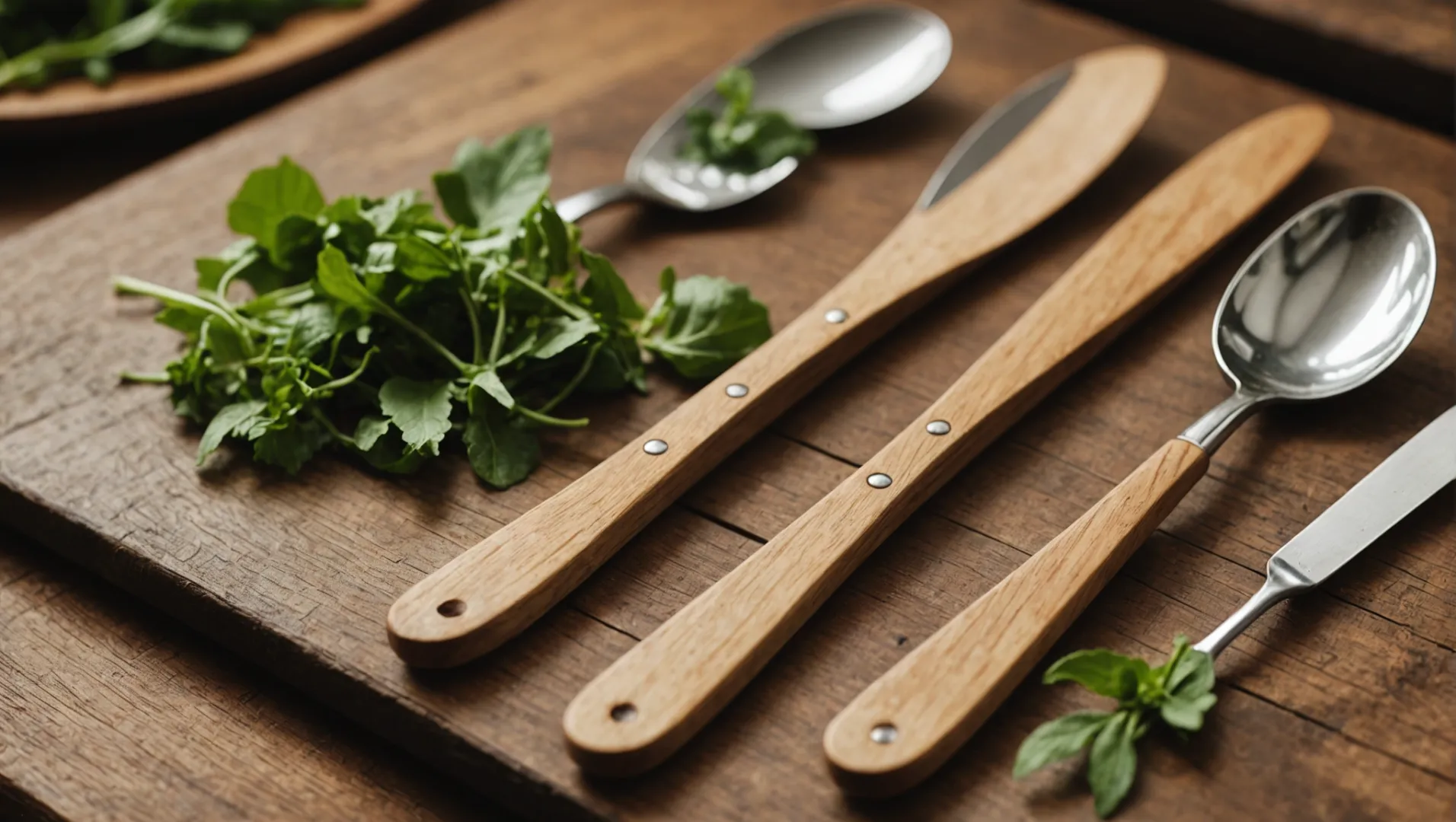
Sourcing Sustainable Materials
One of the primary challenges in producing eco-friendly cutlery is sourcing sustainable materials. Manufacturers need to ensure that the wood used for cutlery comes from responsibly managed forests, such as those certified by the Forest Stewardship Council (FSC5). This not only supports environmental conservation but also meets consumer expectations for sustainability.
Production Processes
The manufacturing process itself poses hurdles. Wooden cutlery, unlike its plastic counterparts, requires careful handling to avoid defects like cracks or splinters. High-quality finishes, such as food-safe oils or waxes, are crucial to enhance the product's longevity and maintain hygiene standards.
Moreover, applying these natural coatings raises concerns about food safety. The coatings must resist degradation under heat and exposure to various foods, especially acidic ones, while remaining non-toxic.
Balancing Durability and Biodegradability
Wooden cutlery is inherently more sustainable than plastic due to its biodegradability. However, achieving a balance between durability and environmental friendliness is tricky. Innovations such as integrating bamboo fiber can increase strength without compromising sustainability (bamboo fiber benefits6).
| Material | Durability | Biodegradability |
|---|---|---|
| Wood | Medium | High |
| Bamboo | High | High |
| Plastic | High | Low |
Ensuring Hygiene and Consumer Safety
Wood is porous, making it susceptible to bacterial growth if not properly treated. Manufacturers apply natural oils or waxes to create a smoother surface that resists water and bacteria. However, these treatments need to be regularly reapplied by consumers to maintain effectiveness.
Education is key—consumers should be informed about proper care techniques, such as avoiding prolonged moisture exposure and regularly oiling utensils (care tips for wooden utensils7).
Marketing and Consumer Perception
Another challenge is aligning consumer perception with reality. While many consumers are willing to pay a premium for eco-friendly products, they also expect high performance. Companies need effective marketing strategies that highlight both the environmental benefits and practical advantages of eco-friendly cutlery.
As regulations on single-use plastics tighten, businesses must innovate continuously to remain competitive in the eco-friendly market (single-use plastic regulations8).
Overall, the path to manufacturing eco-friendly cutlery involves navigating a complex landscape of sustainability requirements, production challenges, and consumer expectations.
Eco-friendly cutlery is always biodegradable.False
Not all eco-friendly cutlery is biodegradable; durability may compromise it.
Wooden cutlery needs regular maintenance for hygiene.True
Proper care, like oiling, prevents bacterial growth on wooden cutlery.
How Can Companies Encourage Consumers to Choose Sustainable Options?
Businesses have the power to drive consumer behavior towards sustainability through strategic initiatives and education.
Companies can encourage sustainable choices by enhancing product visibility, leveraging eco-certifications, and educating consumers about environmental impacts. These strategies not only build brand trust but also align with growing consumer demand for sustainable products.
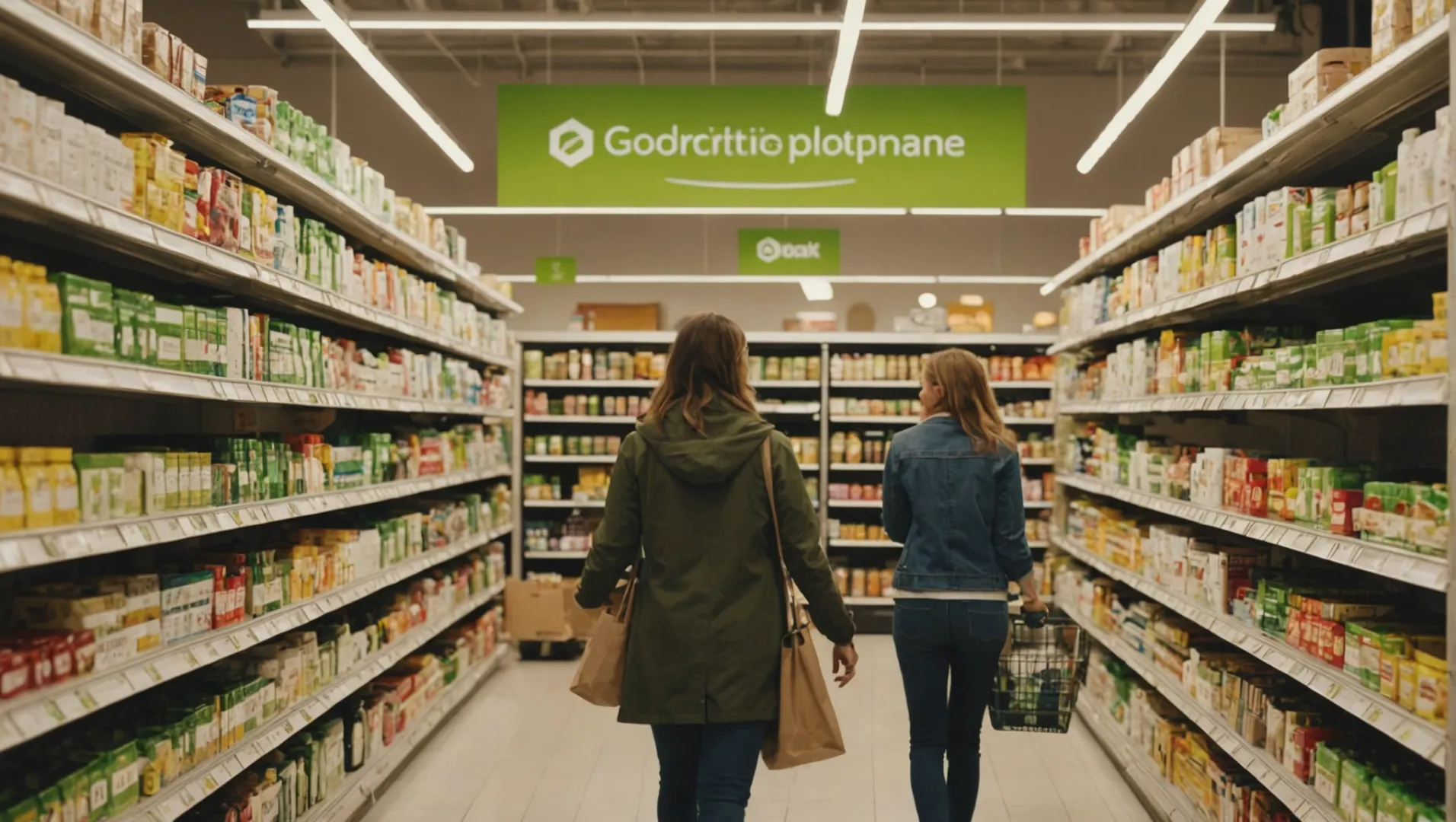
Highlighting the Environmental Impact
One of the most effective ways companies can nudge consumers towards sustainable options is by clearly communicating the environmental impact of their products. This involves not only showcasing the benefits of choosing eco-friendly materials like wooden cutlery9 but also providing transparent information about the carbon footprint and biodegradability of these products. When consumers understand how their choices affect the environment, they are more likely to opt for sustainable options.
Leveraging Eco-Certifications
Eco-certifications play a crucial role in establishing credibility and trust. Certifications such as FSC (Forest Stewardship Council) or certifications indicating food safety can assure consumers that the products they are purchasing meet high environmental standards. By prominently displaying these certifications on packaging and marketing materials, companies can attract eco-conscious consumers who prioritize sustainability in their purchasing decisions.
| Certification | Description |
|---|---|
| FSC | Ensures that products come from responsibly managed forests that provide environmental, social, and economic benefits. |
| FDA | Indicates that products are safe for food contact, ensuring no harmful chemicals are present. |
Educating Through Storytelling
Consumers are more likely to engage with brands that tell a compelling story about their products. By sharing the journey of how materials are sourced, processed, and transformed into sustainable goods, companies can foster a deeper connection with their audience. Implementing technologies like blockchain for supply chain transparency10 allows companies to substantiate their sustainability claims and provide verifiable proof of ethical sourcing.
Social Media Campaigns
Social media is a powerful tool for influencing consumer behavior. Campaigns that highlight the "green" qualities of products, such as their biodegradability or lack of harmful additives, resonate well with environmentally conscious demographics. Engaging content that educates consumers on how their purchase decisions contribute to a healthier planet can significantly boost sales of sustainable products.
Partnerships and Collaborations
Collaborating with environmental organizations or participating in sustainability initiatives can further bolster a company's commitment to eco-friendly practices. These partnerships not only enhance brand image but also expand reach to audiences already invested in sustainable living practices.
Incentives and Rewards
To further motivate consumers, companies can implement incentive programs that reward sustainable purchasing behaviors. Offering discounts or loyalty points for choosing eco-friendly products can drive repeat purchases and strengthen customer loyalty.
By adopting these strategies, companies can not only encourage more consumers to choose sustainable options but also contribute to a broader cultural shift towards environmental responsibility.
Eco-certifications increase consumer trust in products.True
Eco-certifications verify environmental standards, boosting consumer confidence.
Social media campaigns have no impact on sustainable choices.False
Social media effectively influences eco-conscious consumers toward sustainability.
Conclusion
The trend toward eco-friendly wooden cutlery is here to stay. By focusing on sustainability and quality, businesses can tap into this growing market while encouraging responsible consumer choices.
-
Learn about materials that decompose naturally and reduce waste.: The biodegradation process of a biodegradable material is its capacity to decompose through the action of elements and microorganisms found in the environment. ↩
-
Discover practices ensuring minimal environmental impact and biodiversity maintenance.: Sustainable forest management creates outcomes that are socially just, ecologically sound and economically viable – the three pillars of sustainability. ↩
-
Understand how using wood over plastic lowers greenhouse gas emissions.: Wood is considered an environmentally friendly material is because it is a carbon sink. This means wood traps carbon and stores it inside of its structure. ↩
-
Learn about how wooden cutlery is made and its material advantages.: 1. Raw materials. From the selection of raw wood to storage. · 2. Preparation. Cutting wood with a cutting machine. · 3. Peel. Use a machine to ... ↩
-
Learn how FSC certification ensures sustainable wood sourcing.: FSC Forest Management certification confirms that a specific area of forest is being managed in line with the FSC Principles and Criteria. Controlled Wood. ↩
-
Discover how bamboo fiber enhances product strength and sustainability.: Bamboo products are eco-friendly, sustainable, and durable. They grow quickly, are biodegradable, and require less water and energy. ↩
-
Explore tips for maintaining wooden utensils' hygiene and durability.: Make sure your utensils are 100% dry · Lather them in as much oil as they will absorb · Let them sit overnight · Wipe off any extra · Repeat any time they look like ... ↩
-
Stay updated on laws affecting single-use plastics globally.: Currently, the U.S. has not placed a single-use plastic ban on a federal level, but this responsibility has been taken up by states and cities. Connecticut, ... ↩
-
Explore how wooden cutlery reduces environmental impact compared to plastic.: One of the main sustainability benefits of disposable wooden utensils is that they can be composted. Composting ensures that a majority of the carbon and ... ↩
-
Discover how blockchain ensures ethical sourcing and builds consumer trust.: Using blockchain can improve both supply chain transparency and traceability as well as reduce administrative costs. ↩

